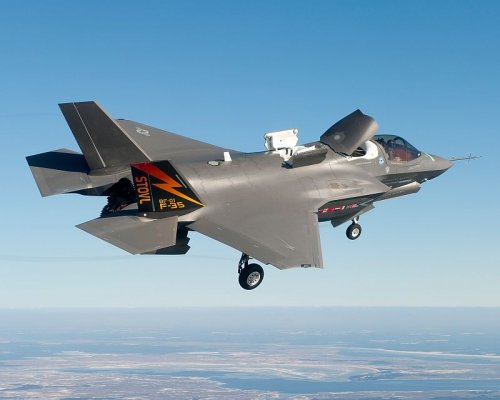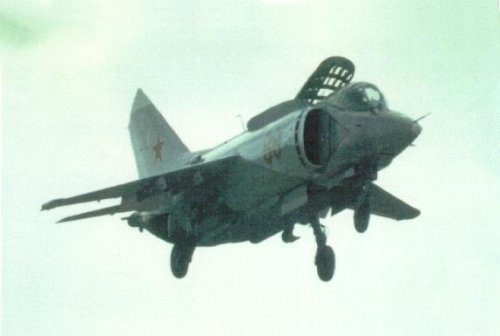Lift Fan Inlet
The lift fan inlet doors were changed from a bi-fold, side-hinged configuration to a single, aft-hinged door. The change added some weight, but significantly reduced lift fan flow distortion, which increased lift fan performance and operability.
Auxiliary Inlet
The auxiliary inlet provides an additional source for low distortion air for the engine during powered lift operation. When open at slow speeds, about sixty percent of the air at the engine face comes from the auxiliary inlet. The X-35B had a smaller opening with two doors hinged on the centerline of the aircraft. The F-35B has two doors hinged on the outboard sides of the opening. The change improves inlet flow performance. The increased size reflects the largest inlet within the structural constraints of the aircraft.


